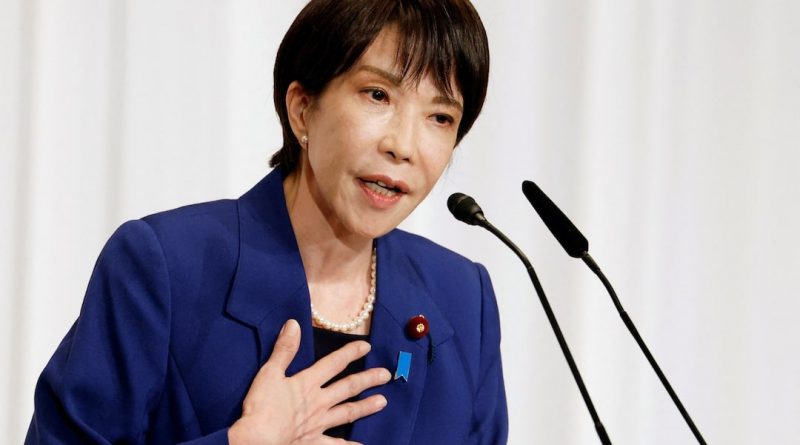Japan on the Brink of Historic Leadership Shift as LDP Picks New Head
Tokyo – Japan is preparing for a potentially historic political shift as the ruling Liberal Democratic Party (LDP) votes on Saturday to select its next leader, who is widely expected to become the country’s prime minister.
For the first time in modern history, Japan could see either its first female leader or its youngest prime minister in well over a century.
The front-runners in the race are Sanae Takaichi, 64, a conservative lawmaker and former internal affairs minister, and Shinjiro Koizumi, 44, a rising political star and son of former Prime Minister Junichiro Koizumi. Cabinet Secretary Yoshimasa Hayashi, also 64, remains a significant contender, though polling suggests the real contest lies between Takaichi and Koizumi.
The leadership vote comes after Prime Minister Shigeru Ishiba announced his resignation following a series of electoral setbacks. While the LDP has long dominated Japanese politics, recent defeats have weakened its majorities in parliament, creating an urgent need for renewal and public confidence.
Despite the party’s internal challenges, the leadership race is being hailed as a rare opportunity for fresh energy at the top of Japanese politics. “Koizumi and Takaichi offer two very different but equally transformative approaches,” said Tina Burrett, professor of political science at Sophia University. “Koizumi represents generational change and the possibility of consensus-building, while Takaichi represents historic change through breaking the gender barrier in Japan’s highest office.”
If elected, Takaichi would make history as Japan’s first female prime minister. A close ally of former Prime Minister Shinzo Abe, she has pledged bold economic reforms, including major government investment in technology, food security, and infrastructure. Her platform seeks to double the size of Japan’s economy within a decade through a proactive state-led approach.
Koizumi, meanwhile, could become the youngest Japanese leader in modern times, just a few months older than Hirobumi Ito was when he took office in 1885 under Japan’s prewar constitution. Known for his charisma and reformist appeal, Koizumi has gained strong support among the LDP’s 295 lawmakers. He emphasizes moderate reforms, tax relief to ease living costs, and policies aimed at connecting more effectively with younger voters.
Grassroots LDP members, however, are leaning toward Takaichi, according to recent surveys, highlighting the balance of power that could decide Saturday’s outcome. If no candidate wins outright in the first round, a run-off will determine the final result.
For Japan, the leadership transition comes at a time of both challenges and opportunities. The economy has slowed, and younger voters have shown growing dissatisfaction with traditional politics, opening the door for alternative parties. Yet, the prospect of a woman or a youthful leader at the helm of the ruling party is seen as a revitalizing force.
Internationally, the leadership race has also drawn attention. The new prime minister is expected to host U.S. President Donald Trump in Tokyo at the end of October, a high-profile diplomatic engagement that will test the incoming leader’s global standing from the outset. Trade and economic security will be central themes, with Takaichi signaling openness to renegotiating aspects of Japan’s existing investment agreement with Washington if necessary.
Regardless of who wins, analysts agree that the next leader will inherit both the responsibility of rejuvenating the LDP and the opportunity to reintroduce Japan as a dynamic force on the world stage. James Brown, professor at Temple University in Tokyo, observed: “This leadership election is not only about Japan’s immediate political direction, but about signaling to the world that the country is ready to embrace renewal.”
With voters seeking change, and the possibility of groundbreaking leadership on the horizon, Saturday’s LDP election could mark a turning point in Japan’s modern political history. Whether through the symbolism of electing the first woman to lead the nation or the energy of its youngest prime minister in generations, the result promises to shape both Japan’s domestic future and its role on the global stage.



